
The Saint
-
Posts
148 -
Joined
-
Last visited
Content Type
Profiles
Forums
Blogs
Gallery
Events
Store
Posts posted by The Saint
-
-
My contribution to the thread, Rhodesian FN cleaning kit, 1970s.
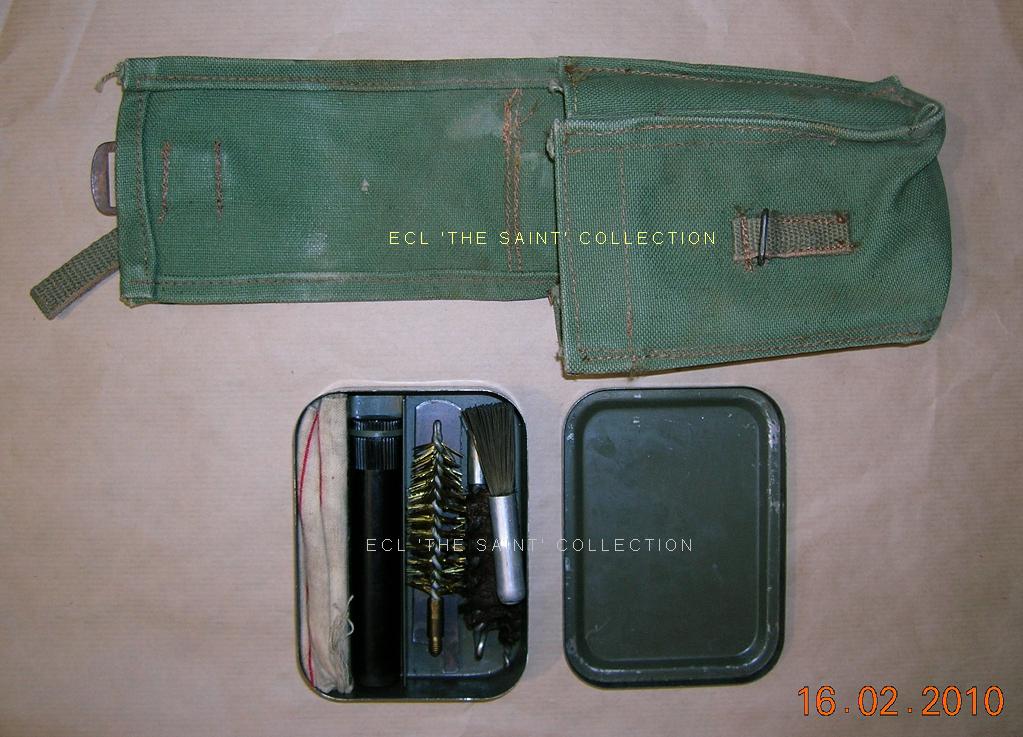 0
0 -
Rhodesian Corps of Military Police.
Cap badge, 1965-1970 - cap badge 1970-80 - title.
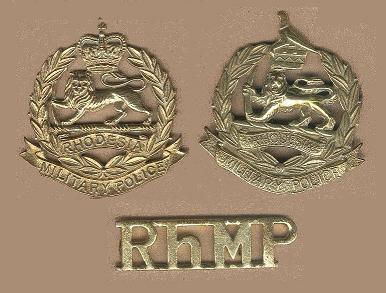 0
0 -
Did not all infantry regiments of this era, with the exception of the foot guards, always have the regimental number on the breast plate?
I checked Franklin's book on British Napoleonic Uniforms and he confirms that. I did not find a plate with Britannia nor an eagle either.
Stuart
Some regiments carried 'Ancient Badges' on their beltplate as soon as the 18th Century (2nd Foot's Paschal Lamb, 3rd the Dragon, &c.). The 9th (Norfolk) Regt of Foot had the Britannia figure over IX during the Napoleonic period, but it would not fit in this case as its facing was yellow, not blue.
0 -
Napoleonic battalion company officer (as told by the 1796 Pat. sword) for sure, but without the design on the crossbelt plate, it will be difficult to be more specific about the regiment.
Stuart, the "rose ornament" you mention is just a elaborate knot to secure the gorget.
0 -
So please can you say when the 4th chevron was awarded ...... after how many years? I ask because I wrote [i believed] the definitive account of these badges for MHS Bulletin and, if RM rules were different, MHS will publish an update from me.
David,
According to the records of PLY 1834 LANE Henry, who enlisted on 13th January 1879, the GC chevrons were awarded :
one : 13 Jan 1881
two : 13 Jan 1885
three : 13 Jan 1891
four : 9 Jan 1895
five : 8 Jan 1900
He was discharged, still a private, on 13 Jan 1900.
Cheers
Eric
0 -
So please can you say when the 4th chevron was awarded ...... after how many years? I ask because I wrote [i believed] the definitive account of these badges for MHS Bulletin and, if RM rules were different, MHS will publish an update from me.
David,
I will check this evening.
Cheers
Eric
0 -
Surprised and disappointed that no badge of RM CSgt has been shown .... very colourful, lots of changes, and every bit as collectable as Guards Division.
Here we go, from Per Mare, Per Terram : A History of the Royal Marines, by Peter C. Smith (1974)
Left to right (I may be slightly wrong about the exact dates),
Top : RM, 1829-1856; RMLI, 1856-1869; RMA 1829-1856
Middle : RMLI, 1869-1902; RM 1922-1953; RMLI 1902-1922
Bottom : RMA, 1869-1902; RM 1953 onwards; RMA 1902-1922
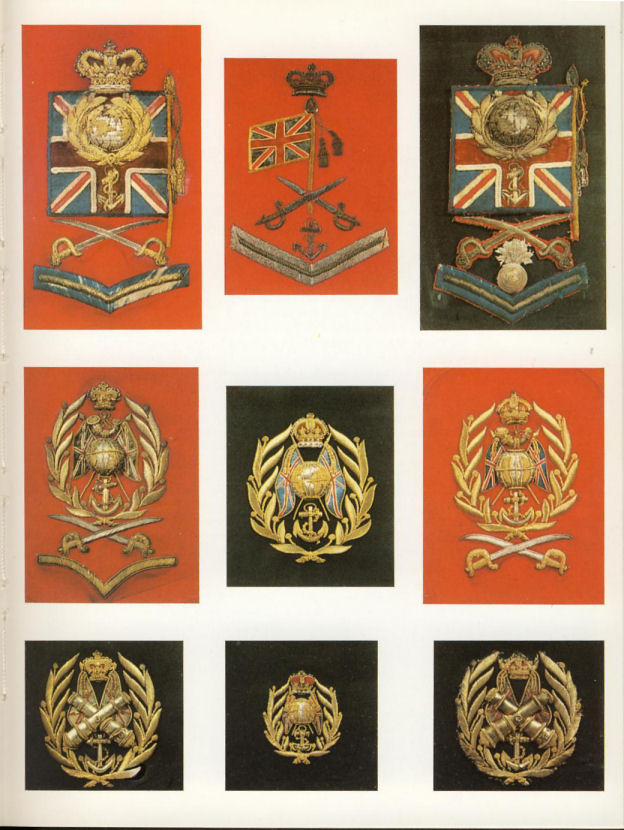
Eric
0 -
Hello David,
Actually I have obtained the original owner's records from the NA (I almost wrote PRO
 ). The name, Division & number all figure in the tunic.0
). The name, Division & number all figure in the tunic.0 -
Very interesting and entertaining. Thanks for sharing, Leigh.
The British Army did not stay 'drab' for long, as seen in the back cover of the aforementioned Brian L. Davis' book.
0 -
If not too large, it could be a Victorian era pouch badge.
Eric
0 -
To continue the serie, here we have a Rhodesian Army Services Corps beret, with the Other Rank's anodised cap badge (the one on post # 19 is from an officer).
I had some difficulties at first determining the exact shade of the beret, dark blue or black. In the latter case, the man would have been assigned to the Armoured Car Regt. After much examination and comparison, I am satisfied that the beret is a very dark blue.
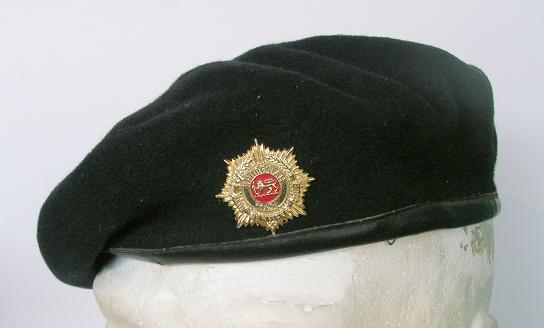
Eric
0 -
Two Rhodesian Army WOII on their original black leather wrist bands.
The Corps gilt anodised one has a black cloth background, but I don't know the significance (if any).
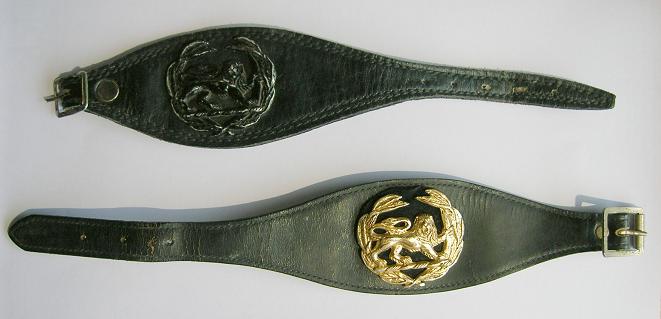
Eric
0 -
As promised - the background cloth is actually dark green felt.
Previous to this pattern, the badge had a Queen's Crown in place of the 'Lion & Tusk', and lettering was 'NRASC' (Rhodesia & Nyassaland ASC, Federal period 1953-1964) or 'SRASC' (Southern Rhodesia ASC, 1964-1970).

Eric
0 -
A French postcard from my RM files " War of 1914 - The British Army [sic] lands in Ostende" :

Eric
0 -
The South African Air Force retained the Dakotas at least until the 1970s for parachute courses, and the Rhodesian Air Force used them operationaly in the same decade as well.
The story goes that at least one RhAF Dak was used during Market-Garden.
I have one post-UDI Rhodesian ASC Air Despatcher brevet, I may scan and post it, if of interest.
Eric
0 -
Southern Africa?
I thought GDR troops were only in Ethiopia and Libya. Were they in Mozambique and Angola as well?
I have read (can't recall where right now) mentions of radar specialists in Angola in the 1980s, and advisors may have been in Zambia in the mid to late 70s.
0 -
I am researching the ComBloc advisors/troops deployed in Southern Africa during the 1970s and 1980s. Could anyone help on the DDR troops ? I am looking for info on units deployed, photographs, &c.
Thanks
Eric
0 -
Mervyn,
It was this "full paraphenalia" that picked up my interest all those years ago.
I have always been a great admirer of British military traditions, and with Rhodesia I have found an army which followed the same traditions, but at the same time had its own design for badges (units, ranks, skill-at-arms, &c.) and uniforms, equipments, &c. Add the small size of the Army (to which I restrict myself), its outstanding record, all these make an interesting and challenging subject of collection.
May I ask what do you mean by "memorabilia – not just militaria" ? This forum is about Military Interest, hence my question.
Eric
0 -
A Royal Marines, non-Commando, beret. This one is dated 1945, so it must have been issued in the immediate post-war period.
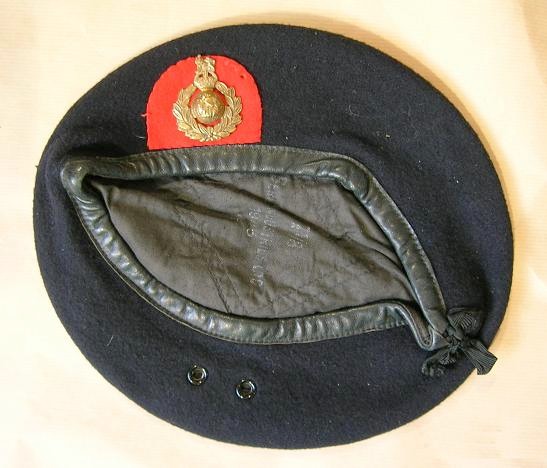 0
0 -
Yet another one, Rhodesian Staff Corps, post-1970.
 0
0 -
Sorry for the late reply, but from memory, this jacket is a IIIrd Republic (so after the Second Empire) undress pelisse for light cavalry (Hussards or Chasseurs à Cheval) officer.
This is certainly not from the Imperial Guard, as its two light cavalry regiments (Guides and Chasseurs à Cheval) wore green hussars-style jackets and pelisses.
I will be able to tell you more after looking through my files this week-end.
Eric
0 -
And lastly, blackened metal for Rhodesia Regiment, which followed Rifles traditions.
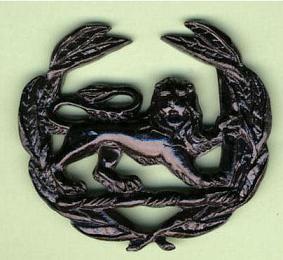 0
0 -
Silver anodised for Infantry units, except Rhodesia Regiment.
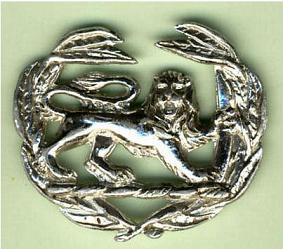 0
0 -
Anodised metal, worn on leather wristlets, gilt for Corps :
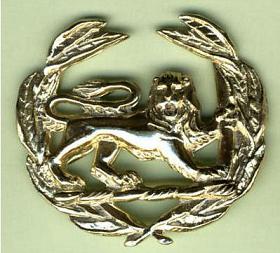 0
0


Selous Scouts
in Great Britain: Empire: Colonial Including South Africa & India: Awards, Militaria & History
Posted
A sad loss for all of us interested in the Rhodesian Bush War.